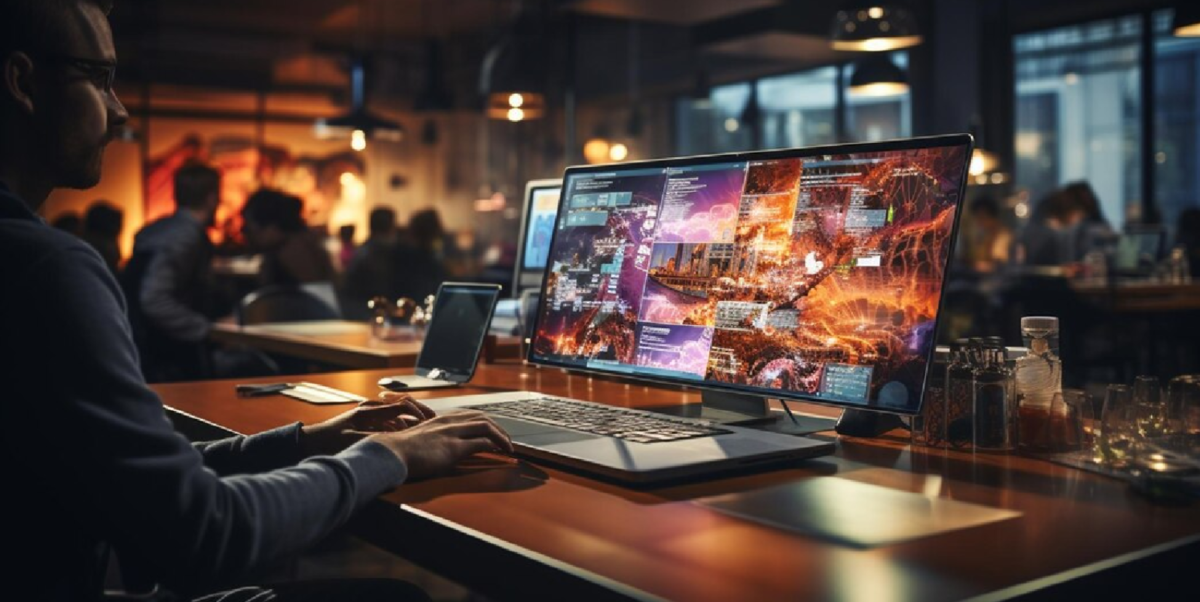Color Theory in Animation: How to Use Color to Shape Emotion and Storytelling in 2025

Animation is more than movement — it’s a dynamic fusion of visuals, narrative, sound, and emotion. While animators often focus on timing, movement, and framing, one essential tool can make or break an animated scene: color. Understanding color theory in animation gives creators the power to shape viewer emotions, reinforce character arcs, and guide storytelling. In 2025, as animation continues to evolve through digital tools and video and animation services, mastering color is more crucial than ever.
Whether you're working on high-end animatics, a short-form web animation, or a feature film, color plays a leading role in how your audience interprets your message. Let’s dive into how color theory transforms animation and how creators can use it effectively today.
What Is Color Theory in Animation?
Color theory in animation refers to the strategic use of color to convey emotion, create atmosphere, and support narrative flow. It builds on traditional design principles such as hue, saturation, and value to communicate subconsciously with the audience.
Color isn't just about aesthetics—it’s psychological. The same red that represents love can also signal danger. That’s why animation studios and freelance animators rely on color palettes to drive emotional response and define visual tone.
Key Components of Color Theory:
-
Hue: The type of color (e.g., red, blue, green)
-
Saturation: The intensity or purity of a color
-
Value: The lightness or darkness of a color
-
Warm vs. Cool Colors: Used to set emotional tone (e.g., warm for excitement, cool for calm or sadness)
-
Complementary Colors: Colors opposite on the wheel used for contrast
-
Analogous Colors: Colors close to each other, used for harmony
How Color Influences Emotion in Animation
Animation thrives on visual storytelling. By using color intentionally, animators can evoke emotional responses without dialogue or sound.
-
Red is often used in scenes of passion, urgency, or violence.
-
Blue communicates calm, sadness, or trust.
-
Green may suggest nature, growth, or jealousy.
-
Yellow conveys joy, creativity, or caution.
For instance, Pixar’s Inside Out uses distinct color palettes to represent each character’s emotional state. Joy is bright yellow, Sadness is deep blue, Anger is red—perfect examples of color theory applied in animation.
Color in Animatics: Setting the Mood Early
Animatics—the pre-visualization step that combines storyboards with timed sequences and sound—may seem too rough for detailed color application. However, smart animators know that even rough color suggestions in animatics can hint at mood and tone early in production.
When presenting animatics to clients or production teams, even limited color use (like washes or gradient overlays) can help:
-
Set emotional expectations
-
Clarify scene tone
-
Highlight character relationships
-
Guide lighting and production design
In 2025, many video and animation services offer animatic creation that includes digital painting tools, making it easier to experiment with color early in development.
Case Studies: Color Theory at Work
1. The Lion King (1994 & 2019)
The original animation used warm golden hues to represent the Pride Lands and harsh reds during Scar’s rule. The 2019 version followed suit with more muted, naturalistic palettes, showing how color choices can evolve yet retain storytelling impact.
2. Spider-Man: Into the Spider-Verse
This film is a masterclass in combining traditional comic book colors with animation. Each character from a different universe has a unique palette, enhancing their identity and narrative arc.
3. Arcane (Netflix, 2021–present)
The series expertly uses color contrast—cool blues for Zaun and warm ambers for Piltover—to depict two worlds at odds. These choices help reinforce themes of inequality, rebellion, and innovation.
How Video and Animation Services Use Color Strategically
In 2025, video and animation services leverage AI tools, color grading software, and advanced compositing to implement color theory more efficiently than ever. Here's how professional services handle color:
-
Color Scripts: Visual maps that track color progression throughout a project.
-
Digital Color Grading: Enhancing final scenes to match mood and emotional tone.
-
Client Collaboration: Services provide previews or animatics with color suggestions to align with brand storytelling.
-
Brand Identity Matching: Ensuring animations reflect consistent brand color schemes.
Outsourcing to experienced animation services ensures that your story gets the right color treatment—whether it's a brand ad, explainer video, or animated short.
Best Practices for Using Color Theory in Animation
If you're an animator, creative director, or producer, here are some tips to apply color theory effectively:
🎨 1. Create a Color Script
Before animating, plan a color roadmap. Identify how colors will evolve across scenes to reflect character development and emotional shifts.
🌈 2. Use Contrast for Emphasis
Highlight key moments by shifting to complementary or contrasting hues.
🧠 3. Understand Cultural Color Meanings
Colors have different meanings globally. Red may mean love in one culture and warning in another—know your audience.
🔄 4. Stay Consistent
Don’t randomly switch palettes. Consistency builds familiarity and supports visual storytelling.
💼 5. Collaborate with Video and Animation Experts
From custom character design to full commercial production, expert services offer the color expertise that can elevate your visuals.
Conclusion: Mastering Color Theory Is Essential in 2025
Animation in 2025 is about immersive storytelling and rich emotional journeys. Color theory in animation is not just a technical skill—it’s a storytelling superpower. Whether you're sketching animatics, producing full-scale animated series, or working with top-tier video and animation services, color is one of the most impactful tools at your disposal.
From mood-setting palettes to bold contrasts, learning how to apply color theory helps you create deeper, more memorable visual experiences. Start experimenting, and don’t be afraid to let color guide your next masterpiece.
- Art
- Causes
- Crafts
- Dance
- Drinks
- Film
- Fitness
- Food
- Games
- Gardening
- Health
- Home
- Literature
- Music
- Networking
- Other
- Party
- Religion
- Shopping
- Sports
- Theater
- Wellness
